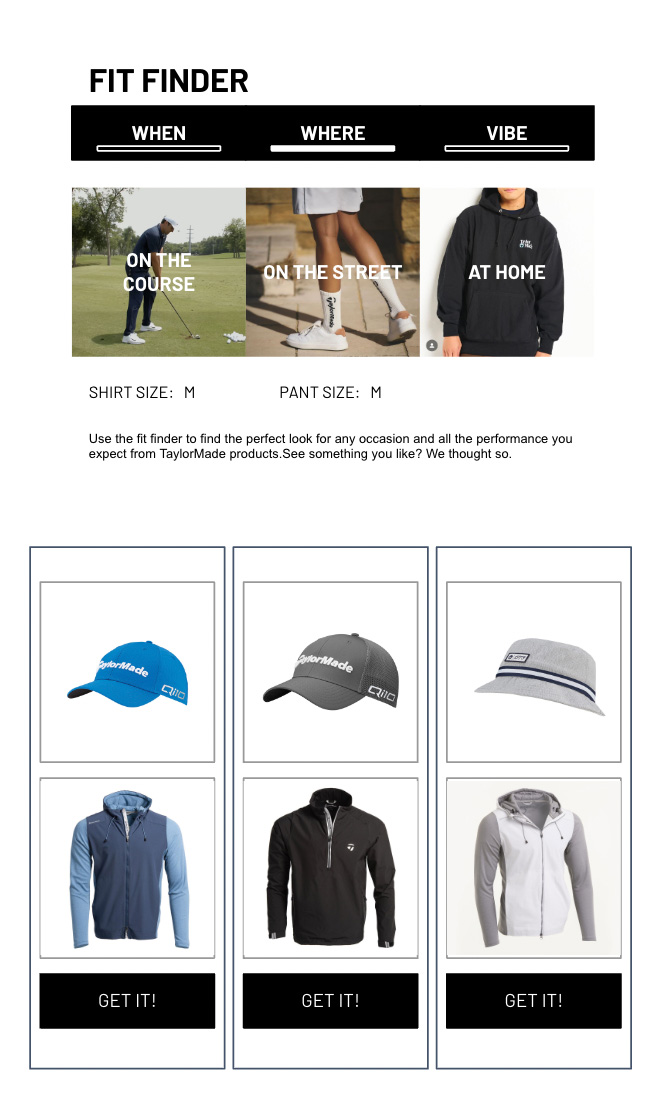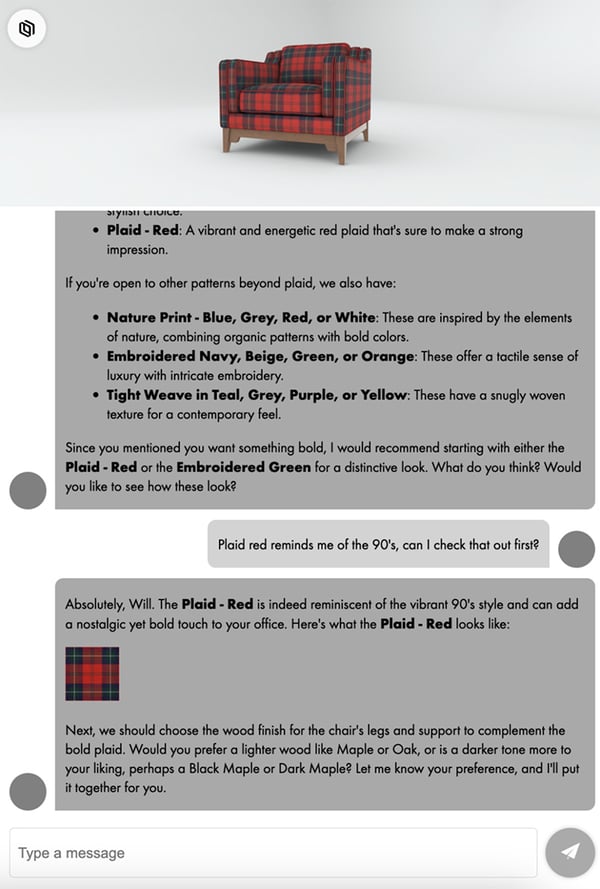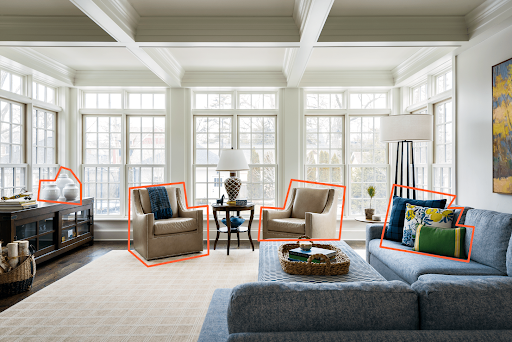Meet Visual Discovery
Why can't the online experience mimic that of a personal shopper, presenting relevant items rather than relying on the customer to go searching?

The Problem: Traditional eCommerce search is reliant on basic filtering, category browsing, and keyword searches and fails to showcase the full potential of a store's product catalog. 68% of shoppers abandon their searches altogether due to an inability to find items that speak to them.
How AI Solves It: Visual Discovery goes beyond simple search functionalities, fostering a personalized shopping journey via two key components:
- Discovery Inputs: An intelligent system that uses interactive elements like multiple-choice questions about usage or occasions and also leaves a text box available for shoppers to describe what they want.
- Inspiration Gallery: This dynamic interface showcases a curated selection of products that complement each other, allowing customers to discover complete looks and add multiple items to their cart.
The Result: Reduced clicks, faster time to cart and increased average order value (AOV) as customers are more likely to discover complementary products.

